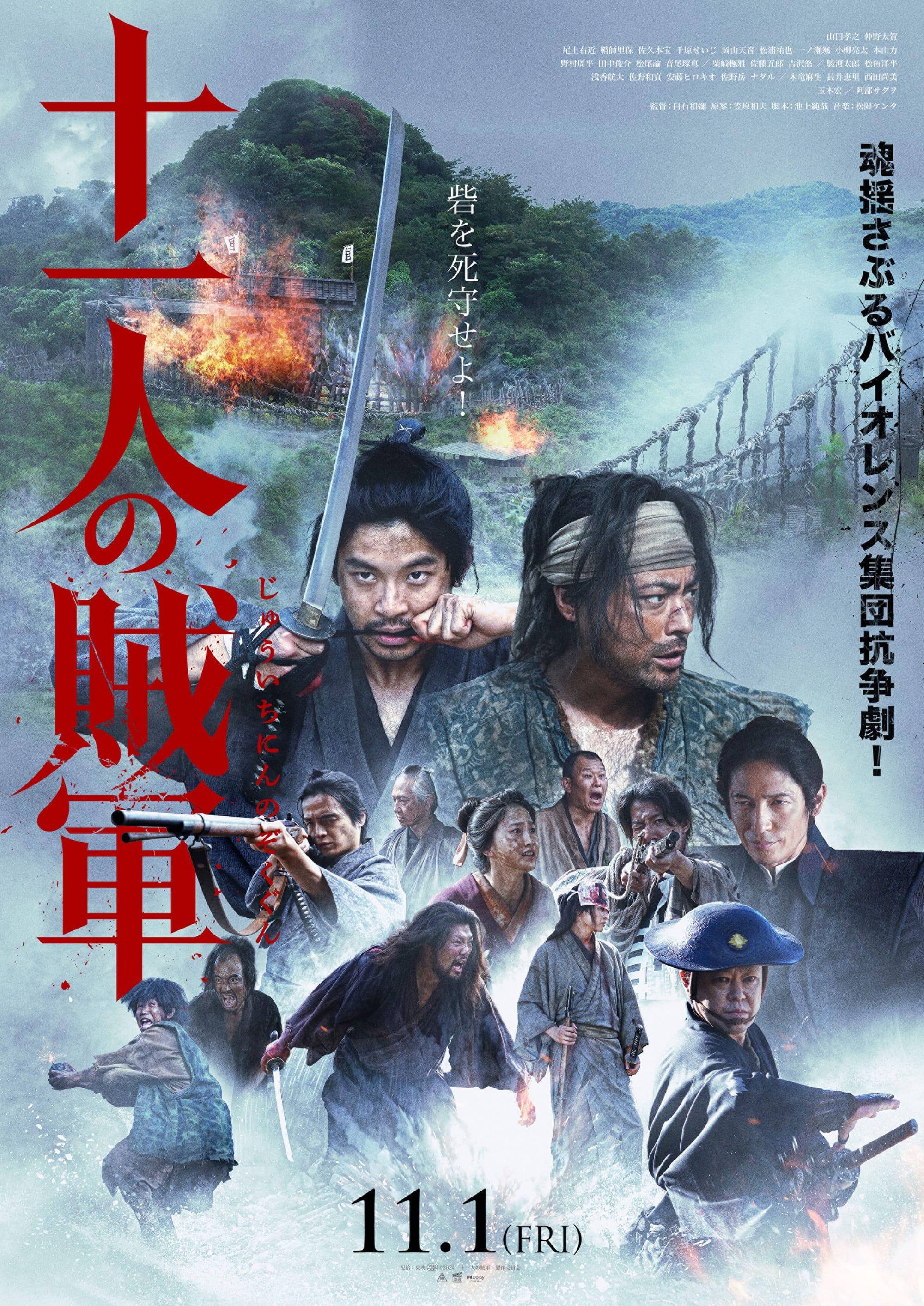11 Rebels
Familiar but fun

As the Boshin War engulfs Japan, and the forces of the Shibata clan, the old shogunate, and the new government, all clash and maneuver, eleven warriors are sent on a desperate mission to defend an isolated fortress.
Saturday was the two year anniversary of my very first post.
Since there were no “samurais/vikings/covered in shit central European peasants/dirt poor immigrants who came to America and headed west but after finally reaching the Mississippi river were like, this is too hard, right here is good enough” movies that I could watch in order to mark the occasion and celebrate my specific ancestral roots, I decided to go with a samurai movie for my next post.
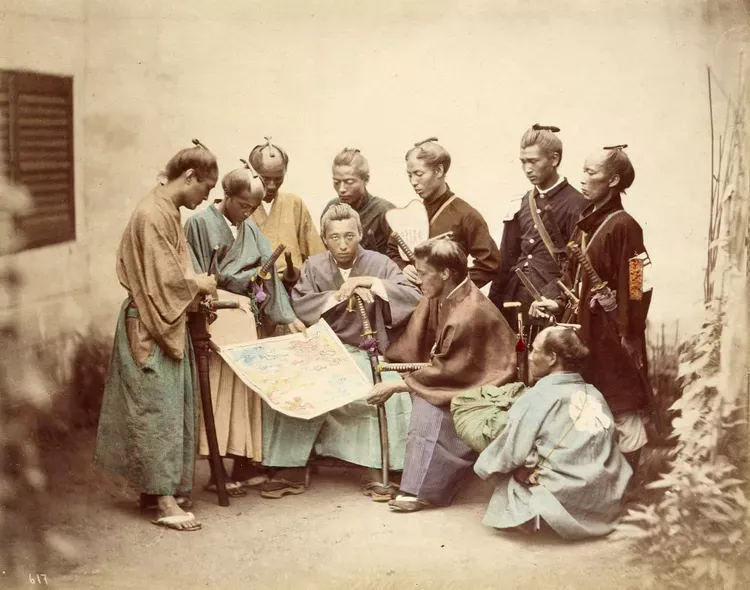
Taking place over the course of four days in July of 1868, 11 Rebels tells the story of a "Suicide Squad" of criminals and samurai tasked with defending an isolated fort situated along the mountainous border of the Shibata Domain in the Niigata Prefecture, as a distract and delay tactic during the Battle of Hokeutsu.
The events of the film are inspired by the historical events of the Boshin War, but the specific story of the 11 rebels themselves, and the defense of the mountain fort, is all fiction.
The Boshin War–sometimes called the Japanese Revolution or maybe the Japanese Civil War–was a civil war that was waged in Japan from 1868 to 1869. The war was between the Tokugawa shogunate and the Northeastern Coalition, an alliance of samurai holdouts. It stemmed from hardline traditionalists being super butthurt over the fact that the opening of Japan allowed Whitey to just walk about the country freely, most likely while smelling awful.
The film basically takes place about the same time as the movie The Last Samurai does. The Last Samurai was a Tom Cruise movie that was basically just a retread of the Kevin Costner film, Dances with Wolves, except in The Last Samurai, the white savior tires to save Japan from progress, instead of trying to save a group of Native Americans from white people. Dances with Wolves was also adapted into Avatar, which was a film about a white savior trying to save a bunch of dumb blue aliens from corporate greed and exploitation. Just fyi.
11 Rebels is a pretty classic, straight-forward samurai film, with all the classic tropes of a Samurai movie mixed with a Dirty Dozen/Suicide Squad/Rogue One type of movie. Those tropes do feel a little too straight-forward at times here, but since the original script was written in 1964, but was then shelved, because at the time, the head of Toei Kyoto Studio didn't like the ending, that makes sense.
So, long story short… sixty years after first setting pen to paper, 11 Rebels was pulled off the shelf, dusted off, and brought to life.
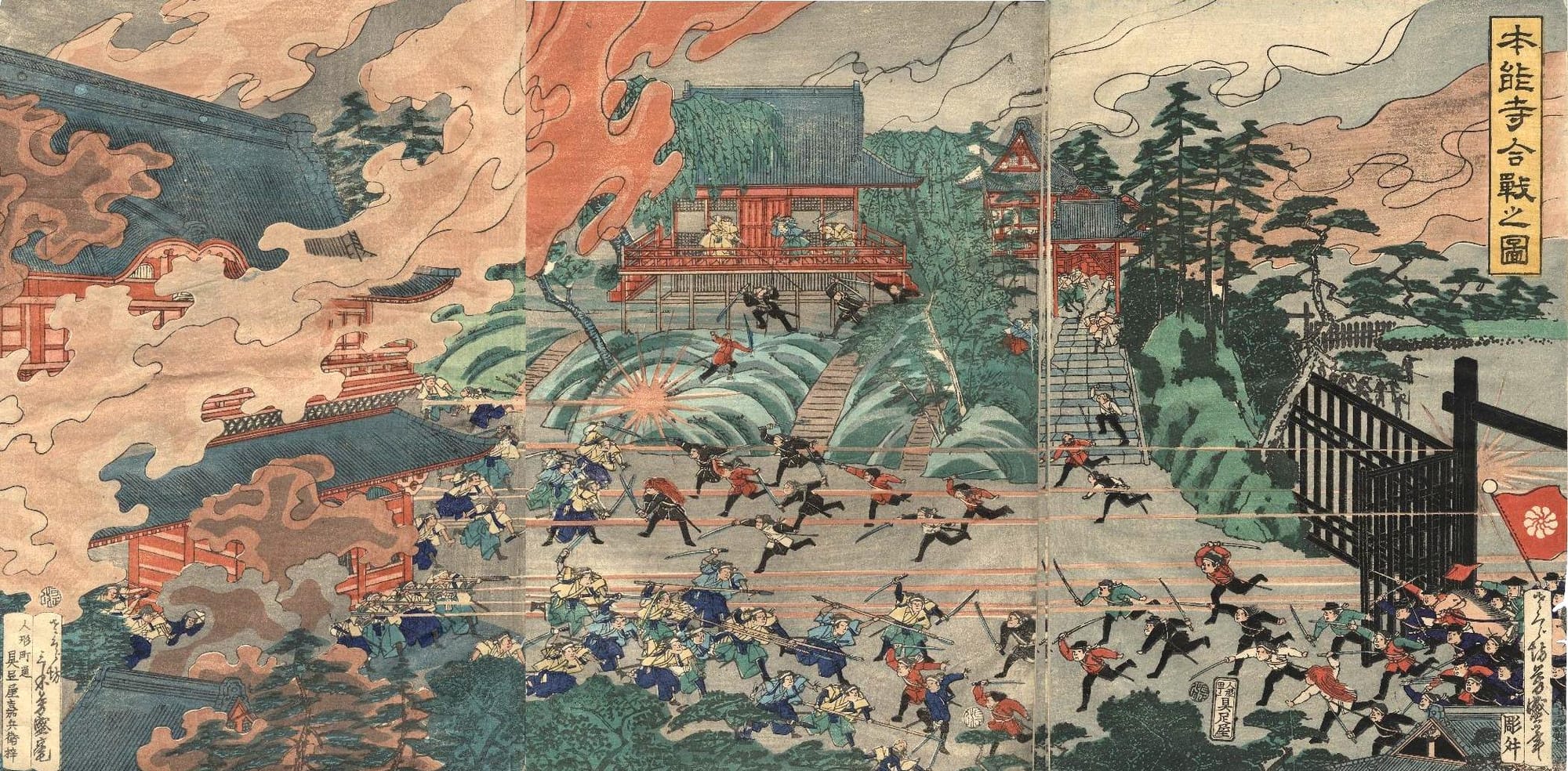
It’s July 1868, the era of the samurai is coming to an end, there's a war on, and the lowly Shibata Domain is desperately trying to make sure it ends up on the winning side. Having already pledged its allegiance to the Northeastern Coalition, Shibata’s young lord is now considering defecting to the newly formed Imperial government. Shibata is a strategically crucial area. Niigata Port is key to the Coalition’s weapons supply route, and the Imperial government wants to keep it out of the Coalition’s hands. Shibata must pick a side.
Since envoys from both the Coalition and the Imperial Army are set to arrive at Shibata on the same day, the young lord’s chief retainer, Lord Mizoguchi, needs to buy time for the young lord to decide what he’s going to do.
Lord Mizoguchi comes up with a hail mary.
So, as envoys from the Imperial army approaches, a rag-tag bunch of bandits, murderers, and various ne’er-do-wells are pulled out of prison—some directly off the executioner's block—by a couple of young samurai tasked with riding herd on this bunch. They are then pressed into service, forced to become a band of fighters whose only task is to stand on the far side of a rope bridge, outside of an isolated fort, high on a mountain pass, and all while flying the flag of the Nagaoka Domain, instead of the Shibata domain for plausible deniability. The whole idea is to just slow down the Imperial envoys for a couple of days.
The 11 rebels don't get the whole plan, of course, like how, should the young lord decide to throw in with the Imperials, and the samurai get the signal from Shibata, they will welcome Imperial army across the bridge, which will most likely result in the convicts' deaths. And should the young lord decide otherwise, the convicts will probably all die in defense of the fort. All the convicts are told is, they must hold the bridge. If they survive, they get a clean slate. But if even one of them runs, then they all die. So, once that’s all set up, and even though the film is called 11 Rebels, ten convicts and three samurai set out to defend the bridge or die heroically.
Don’t worry, the count will make sense in the end.

All in all, while it feels a bit too long, and does wear out its welcome by the end, 11 Rebels is a good time. It’s all classic stuff, as far as the story goes, a fun but pretty basic riff on some pretty familiar ideas. It’s the Dirty Dozen meets Seven Samurai, all done with some good action, but the story could’ve been better executed.
The initial rush of details about all of the characters, not to mention the political context that make up the film’s inciting incidents, can be a lot to process, but soon enough it’s clear what's going on. And honestly, it pretty simple: A disparate squad of out-numbered losers must stand together against impossible odds or die. Why? Because reasons.
Relax. Watch the sword fights.
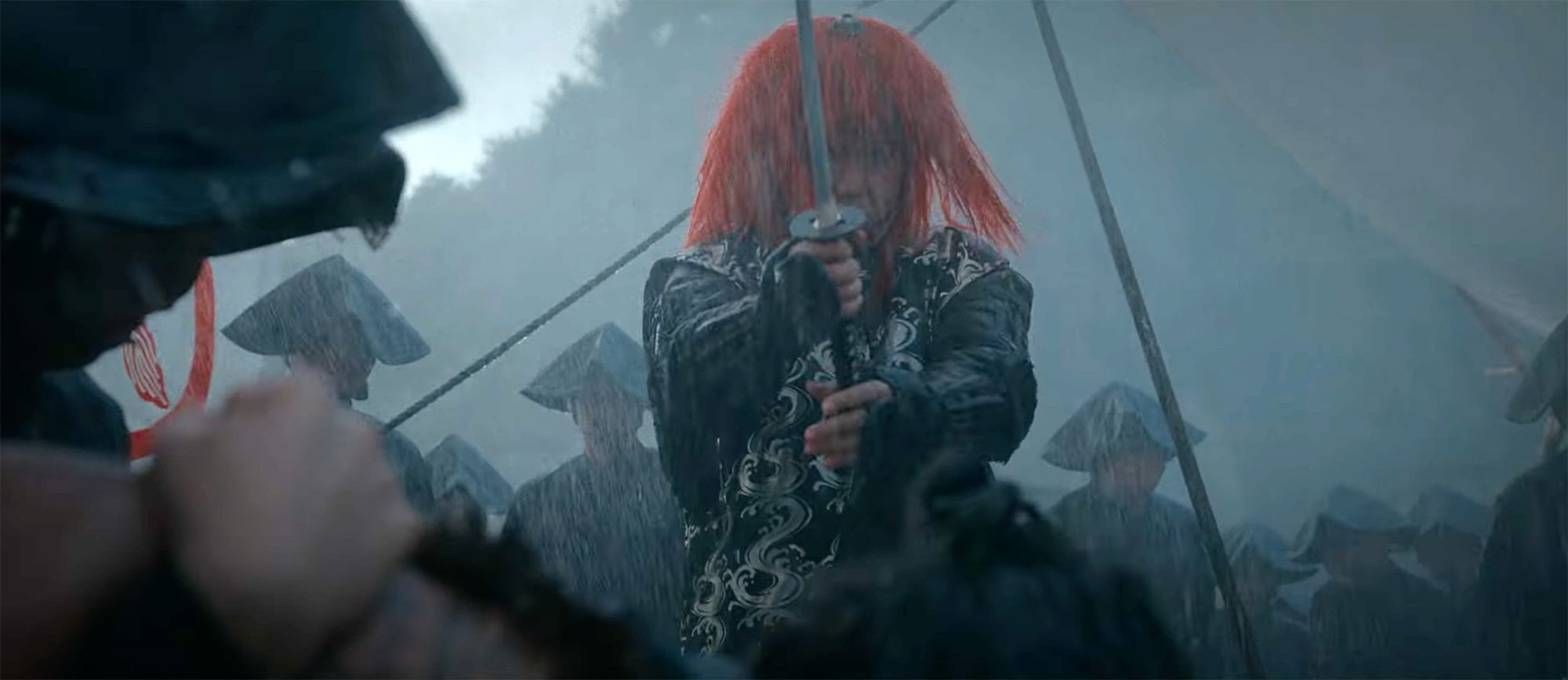
But that having been said, the North American release of 11 Rebels is apparently a full half an hour shorter than the Japanese version, and I have to admit… I bet that version draaaaaaggggs.
The two hour North American version was already long enough.
And even cut down to two-ish hours, with such a large group of characters, there’s not a lot of time for substantial character development all around. Some characters get more love than others, sure, but there’s a lot of character motivations here, and when they are touched on, it often just ends up feeling rushed, shallow, or obvious. Still, to be fair, for this type of film, what you do get is fine. These characters are all pretty common archetypes, and they’re all doing a pretty familiar dance. On top of that, you know what kind of film this is, so you know that means that the majority of the characters, if not all of them, are not going to make it to the end of the film. And besides, like I said, the whole point is the sword fights and explosions.
The main rebel is Masa, a peasant who was spared execution after he killed the samurai who raped his wife. There’s also Akani, a likable rogue and gambler, who cheated a samurai out of money. There’s the handsome Nimaime, imprisoned for being way too handsome all over a samurai’s wife. There’s the typical huge killing machine known as Cut-em-down. There’s the mentally disabled Noro, a surprising expert with explosives. There’s Oroshiya, who was jailed after he tried to slip out of the country to study medicine abroad. There’s an old man known as Grandfather, who turns out to be a super badass swordsman. There’s a Buddhist monk who was “defrocked”due to his love of women. There’s also a woman, who is in jail for arson after burning down the house of lover who forced her to terminate her pregnancy, an unusual addition for this kind of movie, especially for one originally written in the 60s, but sadly, the film makes little use of her.
As for the samurai, there’s Irie, who is Lord Mizoguchi’s dutiful son-in-law, whose wife is newly pregnant, and Arai, who is a dickhead and acts as Lord Mizoguchi’s main bruiser on site. And finally, there’s Heishiro, a noble samurai and a true hero who takes a stand against Lord Mizoguchi once he realizes Mizoguchi has broken his promise to the convicts.
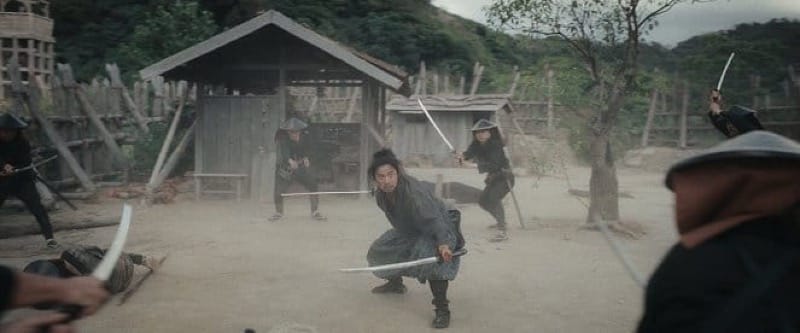
That’s only twelve.
I’m forgetting one, but that probably means they were a Redshirt who died early on in the story in a very bloody manner.
11 Rebels is interesting with the layers of schemes and betrayals it works into its story of political machinations during a time of war, all told through the story of the little people who get ground up in that machine’s gears, but at the same time its a little disappointing in its obvious simplicity. Yes, all of the sword fights and the explosions are fun, but it would’ve been much better if the story had actually been as complex as the film clearly thought it was, and the characters were all a little more rounded out during it.
I get there’s a lot of things going on, and there’s a lot of characters involved, so space is limited, but in situations like this, I think about James Cameron’s Aliens, where there’s a whole squad of Colonial Marines, most of whom die in one scene, and yet the very specifically chosen bits of character development we do get to see all makes it so that we feel like we know those characters and like those characters, so when they get killed, those deaths hurt. Here, a lot of the potential drama and pathos of the character’ deaths just isn’t there, and it’s because we don’t really care about most of the characters. This is a film that does spend a lot of time with its characters, but it doesn’t make the best use of it.
So, while 11 Rebels does get a thumbs up from me, it comes with a few caveats. In the end, it’s good, but it’s not great. Also, the version I saw only had an English language dub, which sucks.
